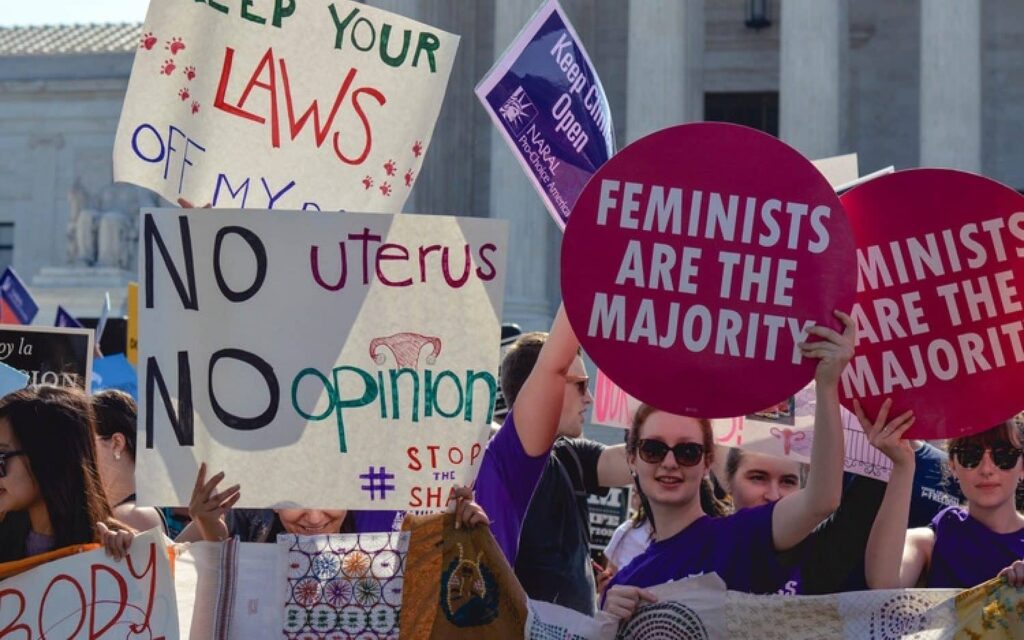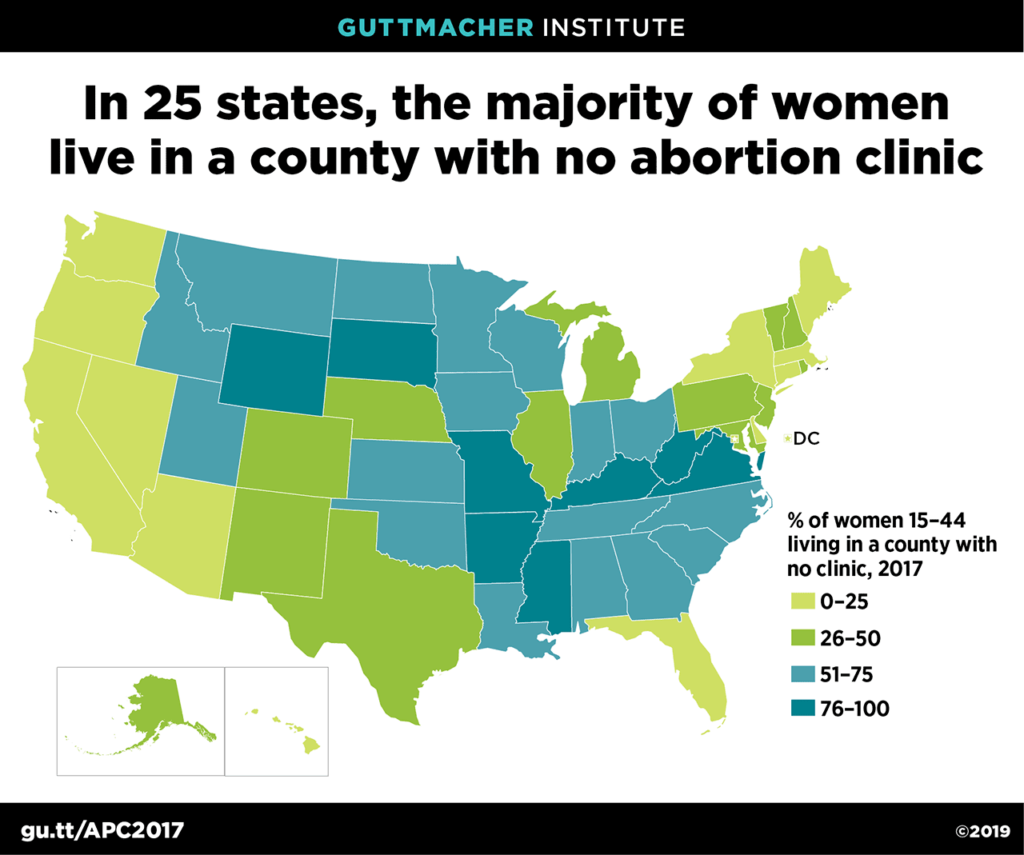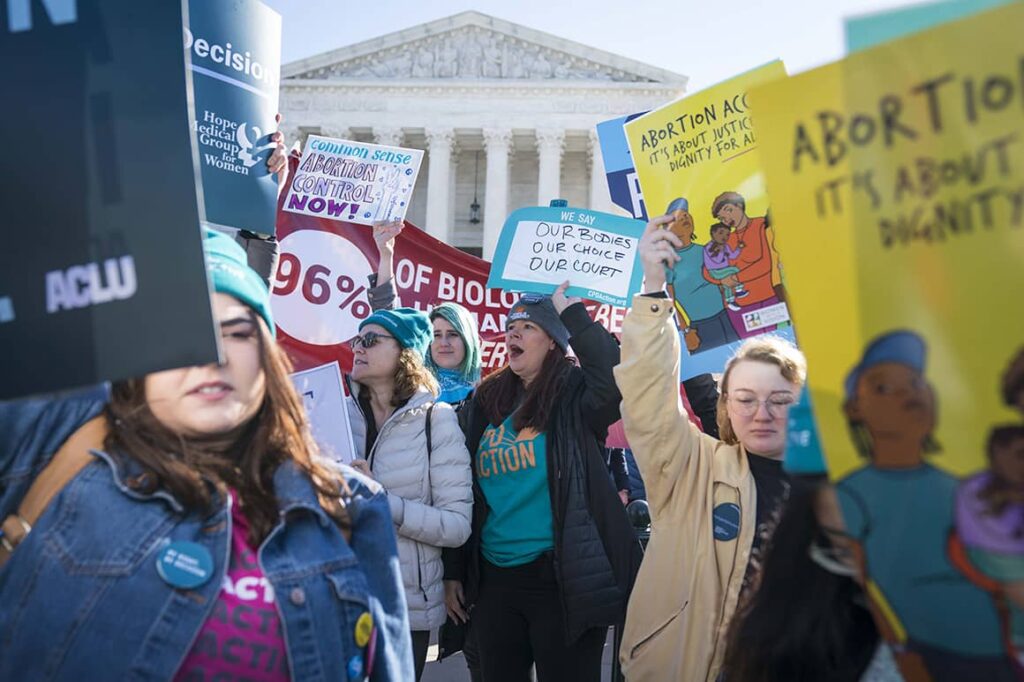A Fetal Heartbeat bill is an abortion-related legislation that has been brought forward in the United States. According to the bill, abortions will become illegal once the first fetal heartbeat can be detected. The first fetal heartbeat varies from person to person, though is usually detected after the first six weeks of pregnancy.
Although this bill had floated for many years in the country, creating huge divides between the pro-life and the pro-choice communities, the last two years have been observed as crucial for its enactment. The reason being the rising popularity of the anti-abortion movement in the country.
The first state to introduce such a bill was Ohio in 2011, but it could not go into effect. In 2019 again, the bill was brought and Governor Mike DeWine signed it into a law. It aimed at making abortion illegal after the detection of the first fetal heartbeat, 6 weeks after pregnancy.
Moreover, the Ohio bill did not provide for an exception in the cases of rape or incest but only if the woman’s life is in danger. Similar bills have been brought forward in the states of Mississippi, Missouri, Kentucky, Louisiana, and Alabama. States like Georgia, Texas, Utah, Arkansas have also brought such bills with the exception of allowing abortion in cases of rape or incest or irreversible impairment to a body part. However, the implementation of these laws is either set to run into effect after August 2021 or is facing legal actions in the courts, thus being kept on hold.

The controversy that has engulfed the U.S. is due to the question on the validity of the bill and the viability of fetal life. In 1973, the Supreme Court of the U.S. ruled a verdict in Roe v. Wade that provided right to a woman to choose abortion as an option. The judgement gave life to the concept of ‘viability’, which is defined discretely but on average is between 24 and 28 weeks of pregnancy.
The landmark judgement which shaped the abortion policies of the country for more than 30 years was based on the Right to Privacy clause of the U.S. constitution. The proponents of the bill argue that the 1973 law does not only take away life from a person before he or she is given a chance to be born but is also harmful for women’s reproductive health.
The opponents of the Heartbeat bills describe the bill as unconstitutional. They argue that abortion is a constitutional right since the verdict Roe v. Wade and as it is the woman who is to go through the process of either giving birth or aborting her child, the decision should be hers. A bigger concern is around the fact that a majority of women do not get to know that they are pregnant till the end of the first trimester.
A late period is the first indicator of pregnancy, but with most women, a two- or three-weeks late period does not account for surety of a pregnancy as it can also be a consequence of hormonal imbalances, failure in birth control pills, or any other reproductive issue and thus, a period of just 6 weeks becomes unreasonable for this significant a decision.
Moreover, medical practitioners have argued that the reasoning of ‘heartbeat’ that the bills are based on is not medically reliable. The ‘heartbeat’ which might be detected in the foetus within 6 weeks is not actually a heartbeat but an electric flicker of a tissue that will later develop into a heart. In the medical language, it is a ‘fetal pole’ that is the first sign of the development of an embryo. Hence, it cannot be compared to the human heart or the existence of a human life.
The rising concern of the 60% to 70% population who believe that abortion should be legal is women’s reproductive health and problems of unsafe abortions. The graph below depicts that only 50% of the women in the country has adequate access to legal abortion clinics, others have to bear huge financial costs to travel for the same across state borders.

Moreover, after the surge in anti-abortion laws, most of the abortion clinics and their doctors have shown hesitation and disinclination towards performing abortion which has also been supplemented by TRAP (Targeted Regulation of Abortion Providers) laws.
Initially intended for patient safety through regulation of clinics and doctors, these laws have become a way for restriction of access to abortion. They target abortion providers to comply with high level of standards that are mostly unnecessary, for e.g., compliance with extensive license processes.
One of the U.S.’s most popular federal family planning programmes, Title X, recently went through amendments. The clinics that use the funding from this programme were required to comply with the new rules which disallow doctors from Title-X funded clinics to promote abortions among pregnant women or perform abortions; leaving women, especially women with disadvantaged and poor economic backgrounds, vulnerable and prone to unsafe procedures.

Although the pro-life community has continued their arguments using the technicalities of the legal statements, the bills need to be considered not only as a legal element but a life-altering aspect for a woman.
For any woman, to go through abortion is not only a decision of stress but it comes with its own burdens, be it financial or emotional. Unplanned pregnancies definitely account for abortions but aspects like financial instability, poor health, rape or incest, too, push women to take such steps. Limiting their choices, and barring the affordability and accessibility of safe abortion procedures can not only result in a problem of grave threat to women’s lives but, in a long term, can question the very validity of the concepts of right to equality, freedom, and privacy of women citizens.
For a safer and healthier country, it is imperative to focus on upholding humanitarian laws and devising a liberalized healthcare system that can provide women with choices to make decisions for their own bodies without any legal and political barriers.
Written By – Stuti Rai
Edited By – Sameera Vasista




